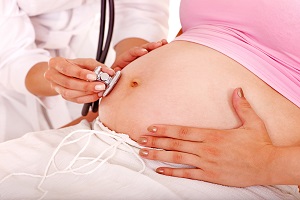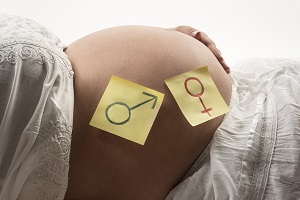The Magee-Womens Hospital physicians and Carnegie Mellon University scientists have developed an app against the premature parts. The application is designed for the most difficult population bands to reach, thus providing them with affordable obstetric care.
Premature births are the main cause of prenatal death and permanent disability. In the US, 1 child in 10 is born before 37 weeks of gestation. Much prematurely affects African Americans and poor families. In fact, the bands of the population that follow less prenatal screening paths. In addition, many poor women do not have the opportunity to take care of themselves as they should.
Despite access to healthcare is a problem in the United States, about 86% of American adults own a smartphone. 20% of them have downloaded at least one pregnancy-related application in 2015. A few of them, however, have a scientific basis based on patient observation and supported by researchers.
Carnegie Mellon University scientists have combined their technical skills with Magee's medical skills. They interviewed and analyzed tests of 60 hospital patients, who specialize in high-risk pregnancies. They then provided women with a smartphone with the installed app. Participants have included you for 3 months gained weight, consumed alcohol, depression episodes, and other risk factors.
Women used the app on average every day and a half so that they could complete their daily tasks. Each time the application calculated the risk of premature delivery and gave advice on how to intervene. In cases of high-risk events such as domestic violence or attempted suicide, the app has sent a notice to the staff. In this way the doctors contacted the women and provided them with the necessary help.
Source: medicalxpress.com
Add a comment





